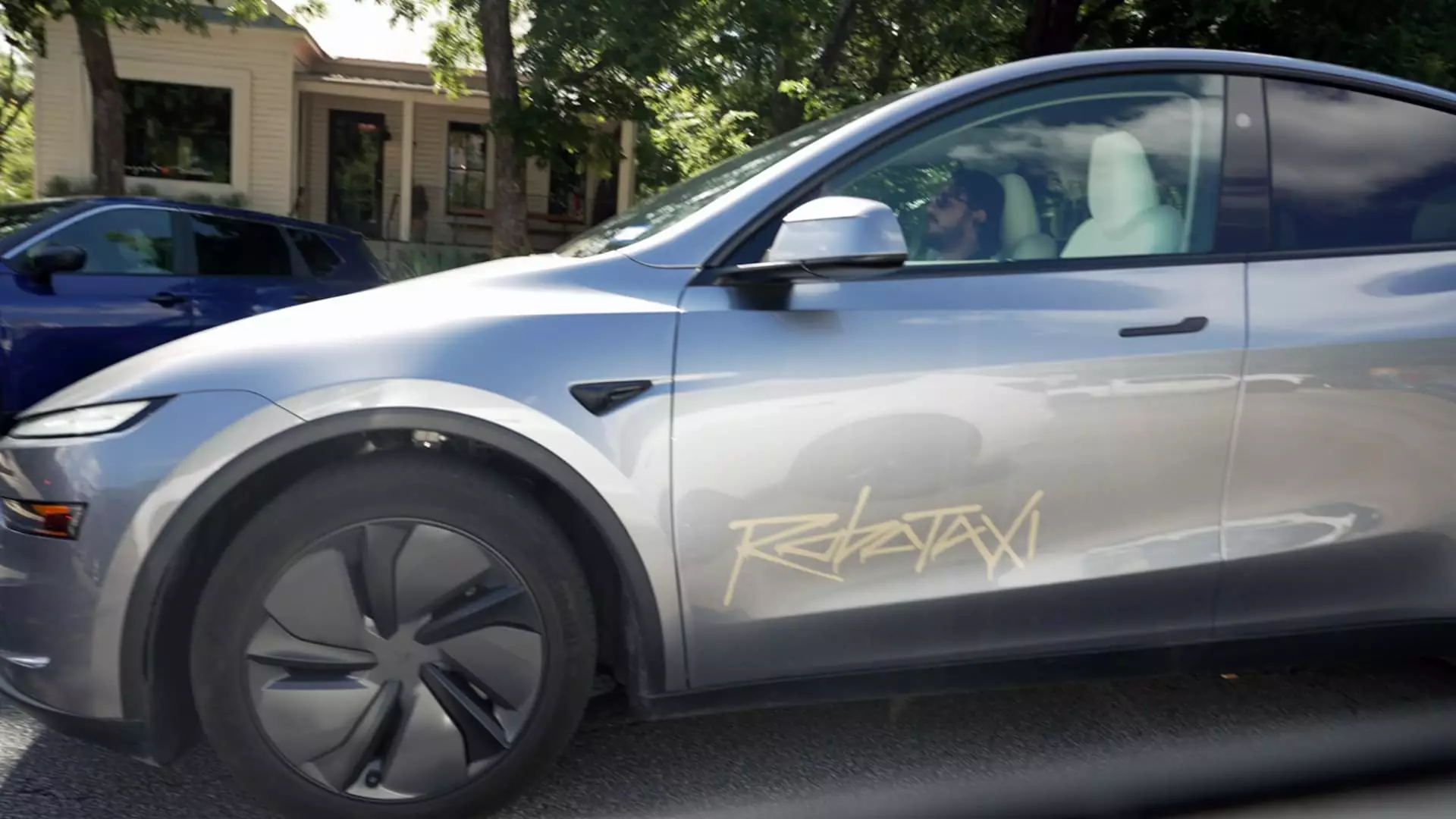Tesla’s latest expansion attempt into Phoenix, Arizona, signifies a bold yet potentially perilous leap toward a driverless future. While the company’s vision of revolutionizing urban transportation with Robotaxis is alluring, it hides a troubling reality: Tesla’s self-driving technology remains fundamentally flawed. Instead of pioneering a safe, reliable innovation, Tesla appears to be rushing into untested territories, driven more by ambition than by sound safety principles. The decision to test and deploy autonomous vehicles in a major metropolitan area prematurely exposes the public to risks that are far from being mitigated, revealing a problematic mix of overconfidence and underpreparedness.
Tesla’s reliance on a camera-only approach to autonomous driving is especially contentious. The company touts this as a cost-effective alternative to more complex sensor arrays like lidar, yet it underestimates the unpredictable complexity of real-world environments. Human drivers rely on a combination of sensors—visual cues, radar, sonar—to navigate safely. Removing these layers of redundancy introduces blind spots, which have already resulted in notable incidents, some caught on social media, raising alarms about the true safety of Tesla’s systems. The company’s eagerness to claim progress belies the underlying fragility of their technology and highlights a disturbing willingness to prioritize market dominance over safety.
Regulatory Scrutiny and Public Trust: The Hidden Challenges
Tesla’s rapid push into Phoenix, coupled with plans in California, underscores a glaring disconnect between technological capability and regulatory approval. While Tesla eagerly markets their upcoming Robotaxi service, regulators like the NHTSA and California authorities remain skeptical, citing safety concerns and regulatory violations. Tesla’s brushes with law—such as the lawsuit in California for misrepresenting self-driving capabilities—don’t inspire confidence. These issues reveal a pattern: Tesla often overpromises while underdelivering safe, certified products.
Public trust, fundamental to the success of any autonomous vehicle initiative, is at the core of these mounting issues. Incidents in Austin, where Robotaxis have damaged parked cars or failed to adhere to traffic rules, have already eroded consumer confidence. The public’s perception is increasingly shaped by social media videos and regulatory warnings, which paint a picture of technology that is still in its infancy. Tesla’s attempt to position itself as a leader in the autonomous space seems more driven by marketing aspirations than by a genuine commitment to safety and transparency.
Ambition versus Reality: The Center-Left Challenge for Responsible Innovation
From a center-liberal perspective, Tesla’s approach exemplifies a dangerous mix of hubris and shortsightedness. The drive to lead the autonomous vehicle revolution must be tempered with a robust commitment to public safety, clear regulatory alignment, and transparent testing processes. Tesla’s aggressive timeline and marketing blitz risk undermining public trust and putting lives at risk. Ethical innovation requires patience and humility—traits that are often lacking in Tesla’s high-stakes pursuit of market dominance.
In a society increasingly aware of technological risks, liberal centrism advocates for a cautious, well-regulated rollout of autonomous vehicles. This approach protects consumers and ensures accountability. Tesla’s narrative seems to ignore systemic checks and balances, exposing the public to the fallout of unrefined technology. Progressive policies should demand more rigorous testing, independent verification, and clear communication about the limitations of these systems. It is not enough to innovate; innovation must serve safety and public good first.
Tesla’s ongoing efforts exemplify the peril of placing corporate interests above collective responsibility. While the promise of autonomous vehicles is compelling, rushing them into populated areas without thorough validation undermines both safety and the legitimacy of the entire industry. Responsible progress requires balanced oversight, honest communication, and an unwavering focus on passenger and pedestrian safety. Tesla’s journey reveals that ambition without caution can be a dangerous game, especially when lives are at stake. If we are to truly embrace autonomous technology, it must be done with humility, patience, and a steadfast commitment to serving the public good—not just market share.

Leave a Reply